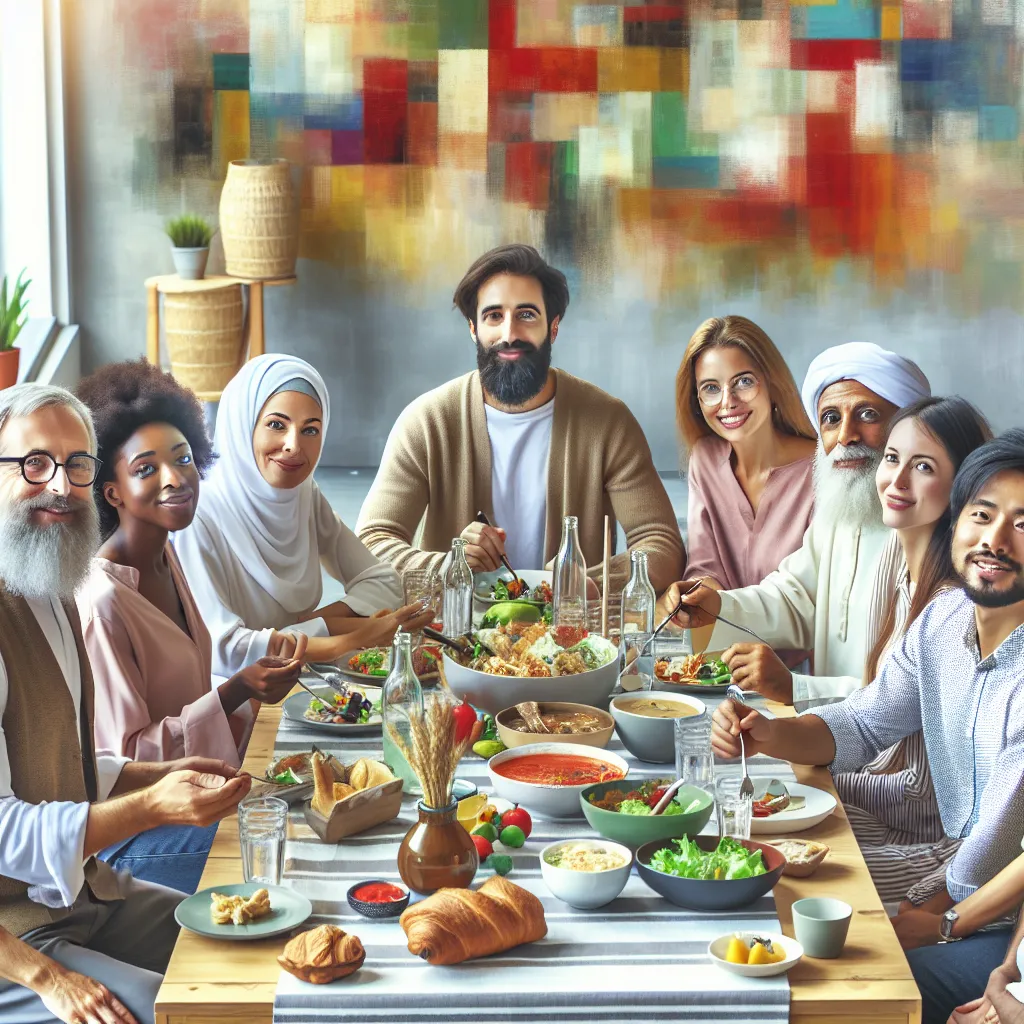The Role of Traditional Rituals in Preserving Cultural Identity
Traditional rituals play a crucial role in preserving the cultural identity of communities around the world. These rituals are deeply rooted in the history and heritage of a particular culture, serving as a link between the past, present, and future generations. They often encompass a wide range of practices, including ceremonies, performances, and communal gatherings, each carrying its own unique significance.
In many cultures, traditional rituals serve as a means of passing down customs, beliefs, and values from one generation to the next. They provide a sense of continuity and connection to the cultural roots, reinforcing the shared identity of the community. Moreover, these rituals act as a repository of collective memory, preserving the stories, folklore, and traditions that define a particular culture.
Furthermore, traditional rituals often hold the key to understanding the cultural heritage of a community. Through the enactment of age-old practices and ceremonies, they offer insights into the historical, social, and spiritual aspects of a culture. These rituals embody the symbols and symbolism that are integral to the identity of a community, reflecting its worldview, sacred beliefs, and societal norms.
In an increasingly globalized world, traditional rituals play a vital role in safeguarding the diversity of cultures. They provide a sense of uniqueness and distinctiveness to a community, standing as a testament to its resilience in the face of modernization. As such, the preservation of traditional rituals is essential for maintaining the rich tapestry of global cultural heritage.
In conclusion, traditional rituals serve as a cornerstone in the preservation of cultural identity. By upholding age-old practices and customs, communities can ensure that their heritage continues to thrive and evolve. These rituals not only encapsulate the essence of a culture but also offer a glimpse into its living history, serving as a source of pride, unity, and belonging for generations to come.
Unveiling the Symbolism Behind Traditional Rituals Across Different Cultures
Traditional rituals play a significant role in preserving the cultural heritage of different societies around the world. These rituals are deeply rooted in the beliefs, values, and traditions of their respective cultures, often carrying profound symbolism that reflects the collective consciousness of the community. Exploring the symbolism behind traditional rituals uncovers a rich tapestry of meaning and significance that transcends geographical boundaries.
Across various cultures, traditional rituals are imbued with symbolism that reflects the community’s identity, history, and worldview. For example, the Maasai tribe in East Africa perform the “Adumu” or traditional jumping dance, which symbolizes strength, endurance, and masculine prowess. In contrast, the “Dia de los Muertos” or Day of the Dead in Mexico is a vibrant celebration that honors deceased loved ones, serving as a symbol of remembrance and spiritual connection with the departed.
Furthermore, the symbolism behind traditional rituals often extends to the use of specific colors, symbols, and ceremonial elements. In Hindu culture, the festival of Holi involves the throwing of colored powders, symbolizing the victory of good over evil and the arrival of spring. Similarly, the use of fire in the ancient tradition of Beltane in Celtic culture represents purification and the driving away of winter’s darkness.
By delving into the symbolism behind traditional rituals across different cultures, we gain insight into the universal themes of human experience—familial love, spiritual reverence, communal solidarity, and the cyclical rhythms of nature. These rituals serve as a living embodiment of cultural identity and heritage, fostering a sense of belonging and continuity for future generations to cherish.
In conclusion, the symbolism behind traditional rituals reflects the profound connection between cultural practices and the human experience. By recognizing and honoring the symbolism embedded within these rituals, we deepen our appreciation for the diversity and richness of global cultural heritage.



